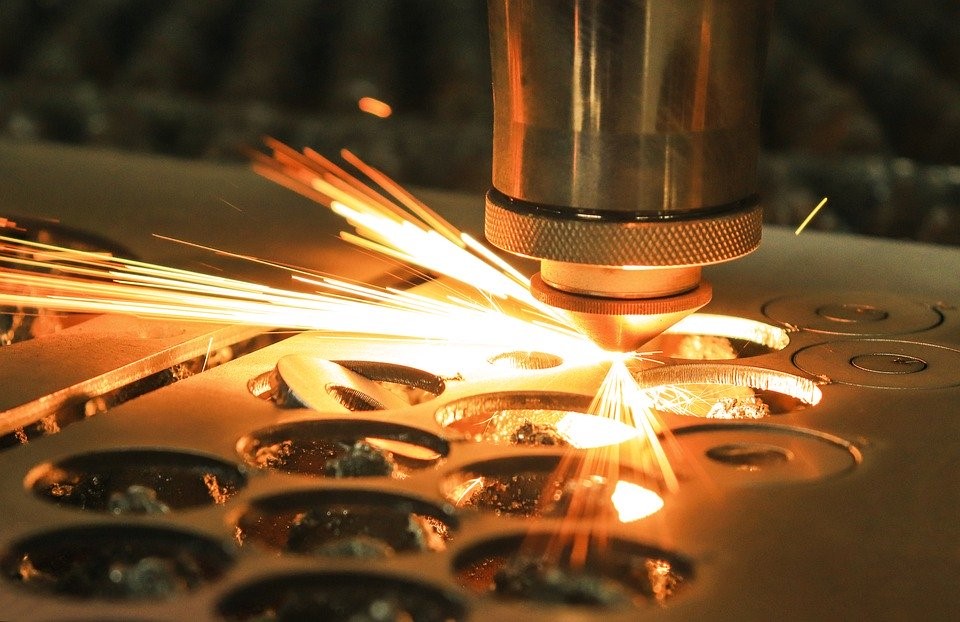
When evaluating materials for a metal fabrication project, many designers and engineers make the mistake of overlooking stainless steel. That’s primarily because of its relatively higher costs – which is quite understandable when you consider that stainless steel is a low-carbon steel which contains a diverse array of alloying elements, such as chromium, copper, nickel, iron, and manganese.
However, while stainless steel may be one of the more expensive alloys, it offers a range of benefits that provide superb value over the project’s life and often justify the initial investment.
Stainless Steel: An Introduction
Classified as an iron alloy, stainless steel has 10.5% (minimum) of chromium, which creates a thin oxide layer, known as the passive layer, on the steel’s surface. Its chromium which provides stainless steel with the superb corrosion-resistant property it’s known for. Another well-known quality of stainless steel include self-healing properties. Yes, if oxygen is present, stainless steel can heal itself.
Now that you have an idea of what makes stainless steel such a unique alloy, let’s discuss the advantages of using it for a metal fabrication project.
Its 100% Recyclable
An increasing number of environmental-conscious industries and organizations are opting for stainless steel because of the fact that it’s completely, 100% recyclable. In fact, according to the International Steel Forum, 60% of all new stainless steel comes from recycled material.
It’s Easy to Fabricate
It’s only challenging to work with stainless steel if you’re using old outdated equipment. However, for experienced metal fabricator, like PlasmaTech, who have cutting-edge tools and equipment, cutting, welding, and fabricating stainless steel can be done with ease.
High Corrosion Resistance
The superb corrosion-resistance of stainless steel means that it provides great long-term if chosen for a metal fabrication project. Like we discussed above, the oxide layer created by chromium prevent corrosion, while the different alloy levels prevent corrosion in different settings. For instance, a lower alloy grade is best for wet environments, while a higher alloy grade is more suitable if the stainless steel equipment or components is to be used around alkaline and acidic solutions.
Heat and Fire Resistant
Another thing that makes stainless steel a great option for metal fabrication projects is its high heat and fire resistance. Stainless steel with high nickel and chromium content can be effectively used in heat exchangers like boilers and water heaters.
One of the leading welding experts in Wasilla, AK, PlasmaTech provides high-quality, industrial-grade metal fabrication services. For further information, get in touch with their certified welders today.
